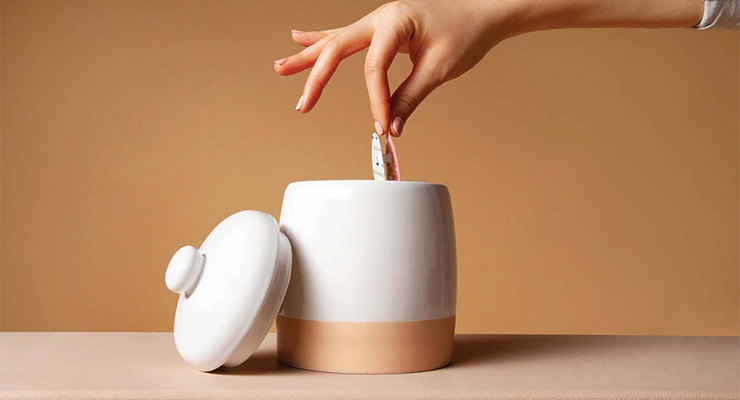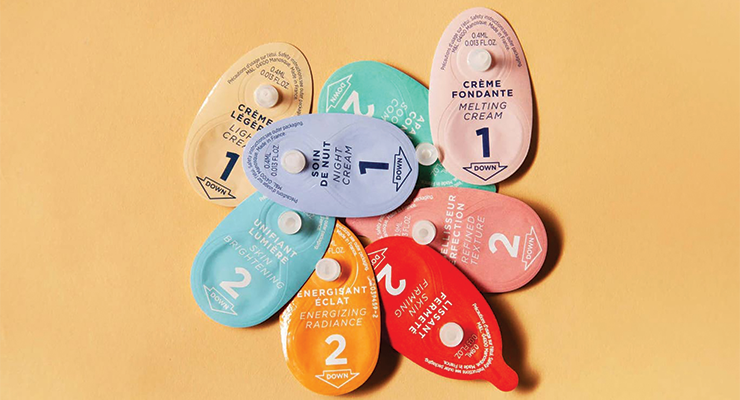Nick Vaus, Partner and Creative Director06.01.20
Personalization has come a long way since we wrote a futures paper on it in 2015, featuring emerging beauty tech like augmented reality (AR) makeup apps, smart beauty mirrors and 3D-printed cosmetics. Five years later, just as we predicted, AR filters come standard with phones, the HiMirror is a smash hit, and Bare Minerals and Lancôme are all over customized foundation.
2020 has seen a new wave of device launches in the space. L’Occitane’s DuoLab and Shiseido’s Optune offer at-home personalized skincare that takes into account an individual’s skin condition, health, menstrual cycle, mood and local climate and more, with the help of phone apps.
L’Oréal’s Perso device does that too, but also makes the first meaningful foray into at-home color cosmetics, offering tailored foundation and lip color based on AI analysis. The color products are dispensed into a detachable mirrored compact which can be used on the go. Promised future functionality combines automatic social media color-matching, so consumers can match a color that someone is wearing on Insta, instantly!
The direction of travel is clear. According to research on 5,700 U.S. women, from The Benchmarking Company, “Let’s Get Personal,” only 1% expressed zero interest in personalized beauty; 76% of women liked the idea of products exactly matching their skin type/tone and 65% to their skin microbiome/DNA. And—rather pertinently given all these tech launches—78% were interested in at-home skincare formulation and 72% in skin health/appearance-tracking apps.
As an added bonus, in theory, due to more efficacious products and less resulting waste, such devices are likely to be more sustainable as well. Win-win.
But does this all mean the death knell for off-the-shelf beauty products and, with it, their packaging? Well, not so fast.
The Challenge of Personalization
The challenge of personalization comes with meeting consumers’ significantly raised expectations of those products promising to be uniquely tailored to them and to deliver that product with absolutely minimal faff. Not only do they need to work perfectly, fast, to warrant the level of investment in gadget and refills, they need to be as easy to use and to rebuy refills afterwards.
The technical challenge of the former is significant: By definition, the gadgets can only have a limited number of ingredients contained in their cartridges, and no skincare even from the most experienced skincare aesthetician can be guaranteed to work, let alone immediately.
In terms of the convenience factor, convincing consumers that the extra step of scanning their face and generating the products in the morning and evening is good value, is a big ask, and getting cartridges to and fro in the post is a bit of a chore. Also, sustainable as they might be, it simply doesn’t have the thrill of discovery that you get from experimenting with fragrances and textures in-store or indeed engaging with pretty packaging.
A Future Role for Personalized Products
There’s definitely a future role for personalized products, and packaging professionals need to think ahead to what might elevate their structure and design.
Whether that’s reusable or postal packaging, or a new generation of refills to keep people coming back in store for ingredients, maintaining that link between brand and product. Think seasonal limited-edition packaging, gift sets and more.
But for the time-being at least, off-the-shelf beauty products are definitely here to stay.
About the Author
Nick Vaus is a partner and creative director, at Free the Birds, a London-based independent branding, design and communications agency. Now 22 years old, its clients include Coty, P&G, Bayer, Lindt and Nestlé.





